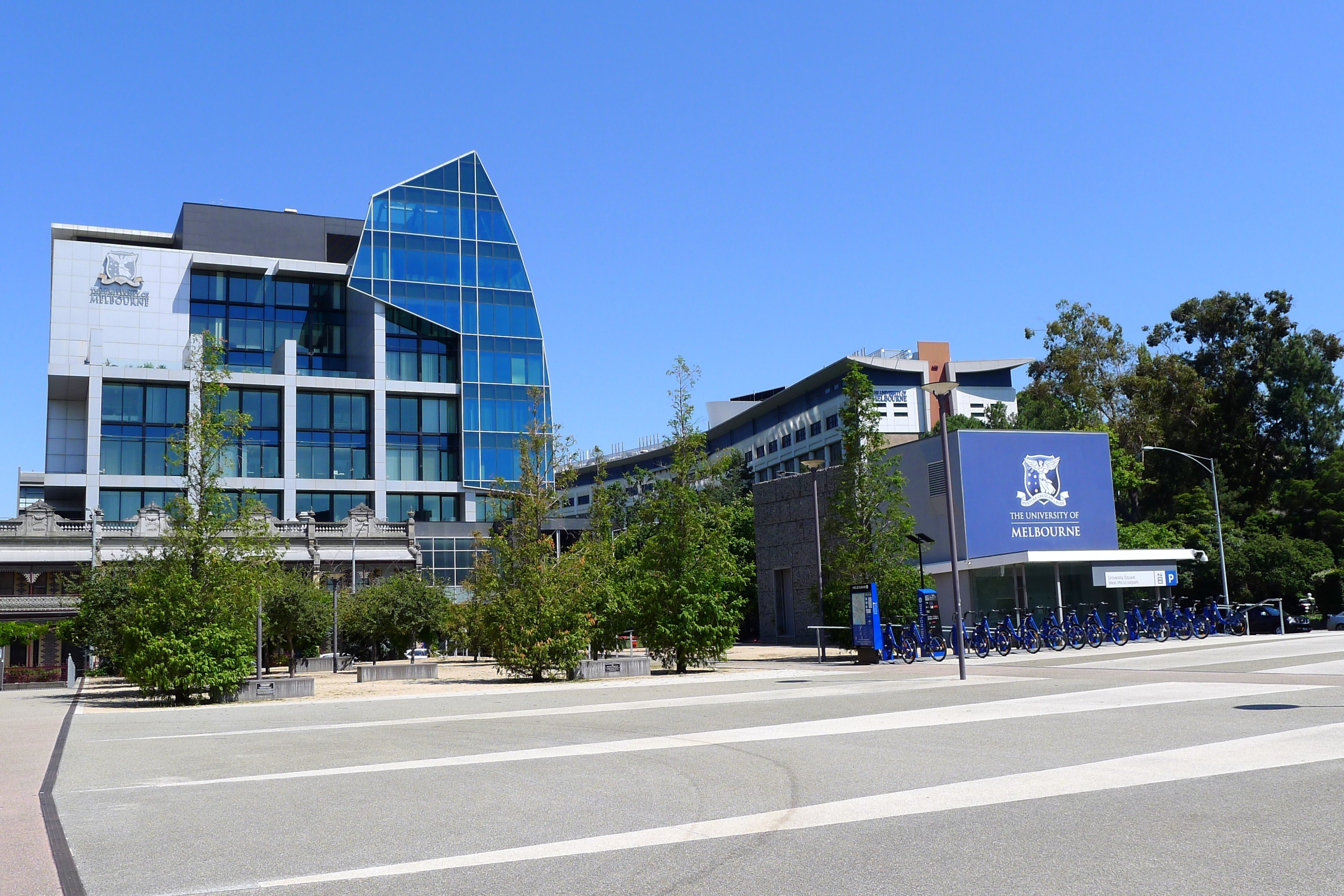
February 9, 2012, by Simon Gosling
Simon Gosling talks about his time at University of Melbourne
I spent a couple of weeks at the end of January at the University of Melbourne in Australia.
The University of Melbourne is a U21 University and during my time there I was able to take a good look around the two main campuses; Parkville and Burnley, and see the range of excellent facilities available to students studying there. If any University of Nottingham students in the School of Geography are considering applying to the U21 study abroad scheme, and am considering Australia especially, then feel free to email me or see me in my office for a chat if you like (I am in A7 in the Sir Clive Granger Building). I also spent a week in December at University of Auckland in New Zealand, which is another U21 University, so I can offer advice to students considering studying abroad there for U21 too. More general enquires relating to U21 should be directed to Dr Sarah Jewitt.
I have been working with Professor Tim Fletcher and Dr Chris Walsh at the Melbourne School of Land and Environment. We have been collaborating on a project that is partly funded by the University of Nottingham Science, Technology and Society Research Priority Group, Melbourne Water and the Australian Research Council. Up until my visit to Melbourne, we have been working remotely from each other over the past 12 months and it has been a great opportunity for the three of us to spend time together in the office, discussing ideas and trying out new hydrological modelling methods and analyses.
The project aims to quantify the degree to which storm water runoff may be considered an unrealised water resource for society. Every day in urban regions across the world, when it rains, rainfall lands on the roofs of buildings, runs of off them, and then enters the storm drainage networks. This ‘storm water runoff’ can become polluted on its course to the river network as it flows through the impervious urban drainage network. As a result, it can degrade the quality of river ecosystems. However, if this storm water runoff could be captured in storage tanks next to buildings, it could then be used to satisfy domestic water demands. Furthermore, any excess stored water that is surplus to demand could be allowed to filter through to the river network along natural pervious courses. This could have the dual benefit of improving the habitat quality of river ecosystems and improving available water resources for domestic consumption. Our work is quantifying the feasibility of this theory.
We made a lot of progress on the project during my visit to Melbourne and now that I am back in the (cold) UK, we are starting to summarise our methods and research findings for compilation into a couple of research papers… which is looking a lot more promising than my attempts to deal with jet-lag and the 34C change in temperatures…
No comments yet, fill out a comment to be the first

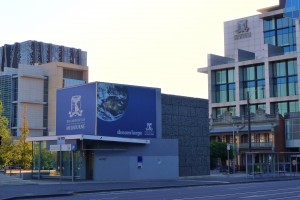
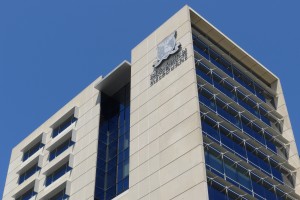
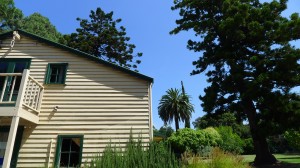
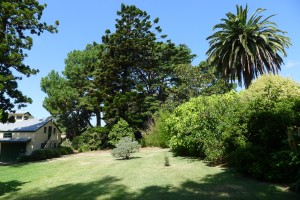
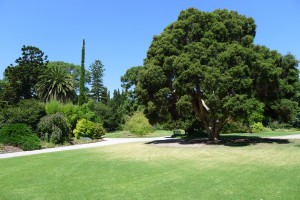
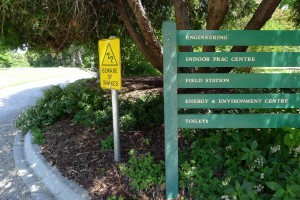
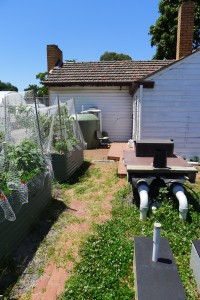
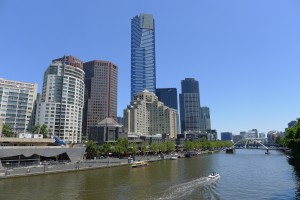
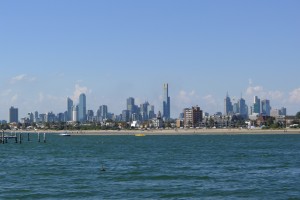
Leave a Reply